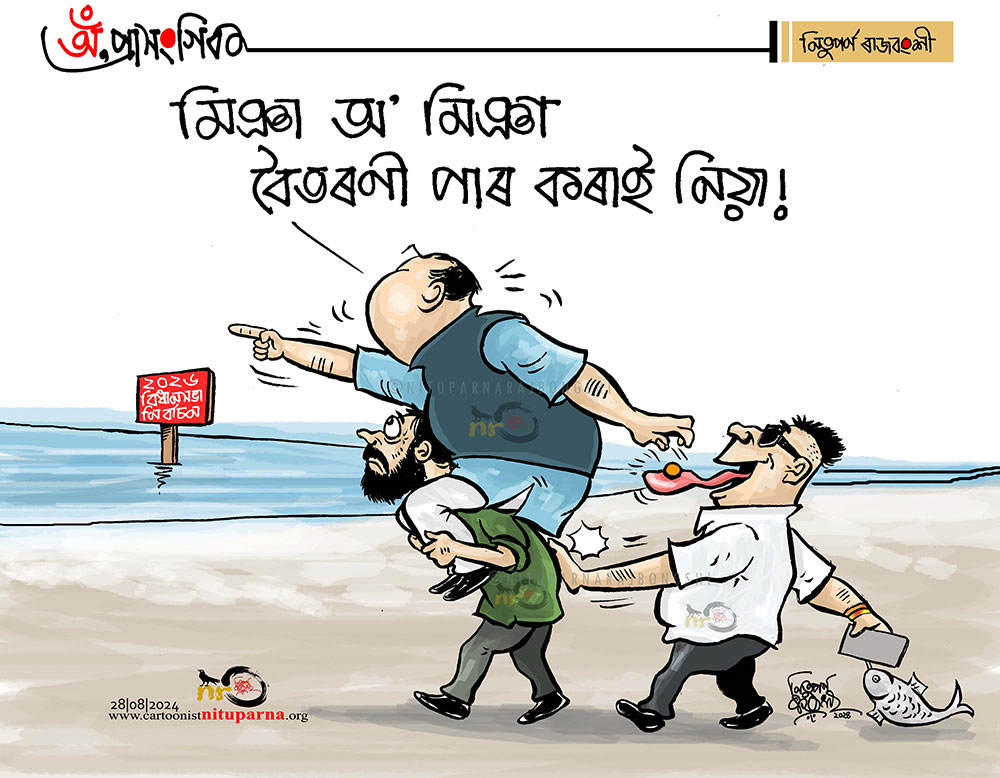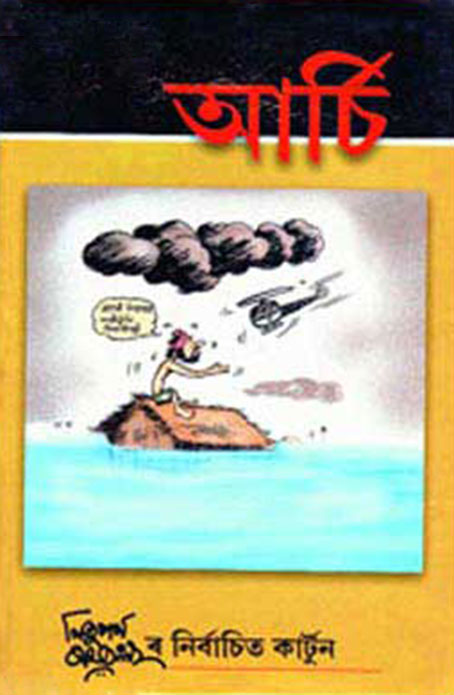Laughter’s the best pill, when taken seriously
– Cartoonists to brainstorm on the art form and its social responsibility at conclave today
A STAFF REPORTER
Aug. 10: If you can’t get through the day without a dose of Dennis Mitchell or Lakshman, read on.
The cartoonists of the city have decided to take their job more seriously and inject a dose of social responsibility into their trademark humour and caricature.
The first step towards this “mission” will be taken at a discussion on Social and Political Responsibility of the Art of Cartoon at the State Art Gallery in Rabindra Bhawan tomorrow.
Prominent faces from the world of cartooning in Assam — Champak Borbora, Utpal Talukdar, Munu, Trilokya Dutta and Nituparna Rajbongshi — are likely to be part of tomorrow’s conclave.
“The art of cartoon is quite a provocative medium and if used in the right direction can bring several changes. Cartoon, with its humour and satire easily catches the imagination of the connoisseurs. Moreover, through cartoons, several social issues of importance can be raised for the greater good of society,” said Champak Borbora, veteran cartoonist and painter.
Of late, the State Art Gallery has turned into a venue for adda for the artist fraternity.
So when it came to organising the discussion, the gallery was all too ready to play the host.
“We have always supported a good cause. Now when the cartoonists of the city have decided to be more proactive and use their art form to highlight social and political issues, we decided to host them. Moreover, the gallery, since its inception in May, has been hosting interactions on various art forms on a regular basis,” said an official of the gallery.
Cartoon as an art form became popular in the city almost half-a-century ago, when newspapers, magazines and journals began dedicating a section of their pages to “cartoon space”.
But the art form was not taken seriously till three decades ago, when political cartoon was born.
With political cartoons, came mud-slinging matches.
But after creating some high-brow drama in the political circuit for a while, cartooning began to take a mild approach and a middle path.
Now, the cartoonists of the city wish to redefine their role yet again.
“More and more innovation and experimentation is needed in the world of cartoon. We have to deal with serious issues with great maturity,” said Borbora.
“More exhibitions and road shows on cartoons will bring the art form closer to the connoisseurs and will help enhance the popularity of cartoon as an art form.”
The State Art Gallery is all for it.
“It is a positive trend and needs to be encouraged,” said an official of the gallery.
Watch the cartoon space, denizens, was what he left unsaid.




